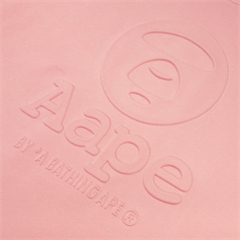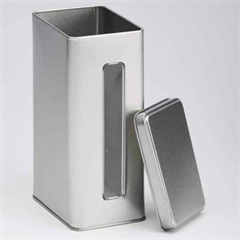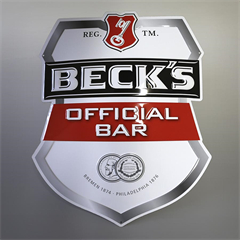Tin boxes, also known as metal or tinplate boxes, have a rich history that spans several centuries and reflects their evolution from functional packaging to collectible artifacts. Here’s a brief overview of the history of tin boxes:
18th :
- The earliest recorded use of tin boxes dates back to the 18th century in England and Europe.
- These early tin boxes were handmade from sheets of iron or steel coated with tin, providing a protective barrier against rust and corrosion.
- Tin boxes were initially used as storage containers for items like food, tobacco, and personal belongings.
19th Century:
- The 19th century saw the industrialization of tin box production. Mechanical methods were developed to create these boxes more efficiently.
- Decorative techniques, such as embossing and lithography, were introduced, allowing for intricate designs and colorful artwork on tin boxes.
- Tin boxes became widely used for packaging various products, from biscuits and confections to tobacco and tea. They were also used to commemorate special events and as promotional items for brands.
Early 20th Century:
- Tin boxes continued to be popular packaging solutions, especially during World War I and World War II when other materials were in short supply.
- The design of tin boxes evolved to reflect changing design trends and consumer preferences, incorporating Art Nouveau and Art Deco influences.
Mid to Late 20th Century:
- As plastics gained popularity, the use of tin boxes for packaging began to decline.
- However, tin boxes continued to be used for specialty items and as collectible items, particularly for advertising purposes and commemorative events.
Modern Times:
- In recent decades, tin boxes have experienced a resurgence in popularity due to their aesthetic appeal, nostalgia, and sustainability.
- They are often used as decorative and functional containers for a variety of purposes, from storing keepsakes to organizing office supplies.
- Many people collect vintage tin boxes as valuable artifacts and nostalgic pieces of history.
Throughout their history, tin boxes have evolved from simple functional containers to intricate works of art. They’ve held a special place in households and businesses, serving not only as packaging but also as cultural artifacts that reflect design trends, technological advancements, and social changes. The enduring charm and versatility of tin boxes continue to make them relevant in today’s world, where they serve both functional and aesthetic purposes.


































